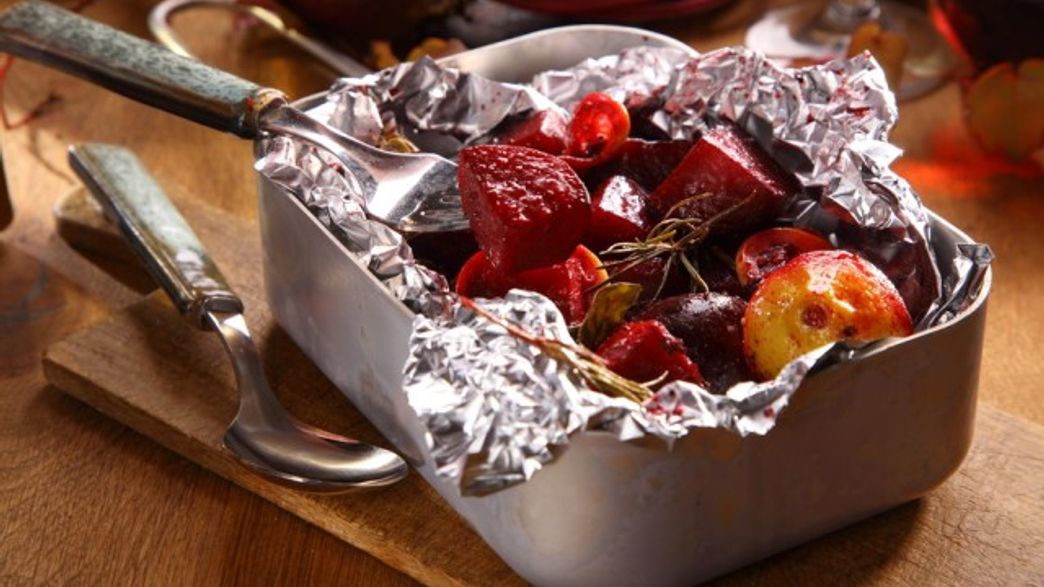Are you planning to bake fish, roast vegetables, or prepare a delicious piece of meat for dinner tonight? Chances are, you’ll reach for that trusty roll of aluminum foil to wrap your food. But here’s something you may not know: some of that foil can actually leach into your meal, and that’s not good for your health.
My colleagues and I have conducted extensive research on the use of aluminum in cooking and food preparation. While aluminum foil is a common choice for wrapping food, it’s important to note that aluminum is also widely used in cookware, especially in developing countries. It’s cheaper to produce and easier to clean than other materials like copper, which used to be popular for this purpose.
However, while cooking with aluminum pots and pans is generally safe, using aluminum foil and exposing it to high temperatures in the oven can be problematic. This is especially true when cooking acidic or spicy foods.
The Impact of Aluminum on Health
Our bodies are capable of efficiently excreting small amounts of aluminum. The World Health Organization has established a safe daily intake of 40mg per kilogram of body weight. So, for example, a person weighing 60kg can safely consume up to 2400mg of aluminum per day.
However, most people are exposed to and ingest far more aluminum than this recommended daily intake. Aluminum can be found in various foods such as corn, yellow cheese, salt, herbs, spices, and tea. It’s also present in cooking utensils and even in everyday products like antacids and antiperspirants. Additionally, aluminum sulfate, derived from aluminum, is used in the purification process of drinking water.
Scientists are currently investigating whether overexposure to aluminum poses risks to human health. Studies have shown high concentrations of aluminum in the brain tissue of patients with Alzheimer’s disease, suggesting a potential link. Aluminum has also been found to be harmful to patients with bone diseases or renal impairment, and it can reduce the growth rate of human brain cells.
Avoiding Aluminum Foil in Cooking
Given these proven risks, it’s crucial to be mindful of the aluminum concentration when cooking. Cookware like pots and pans usually have an oxidized layer that prevents aluminum from leaching into food. However, this layer can wear away when scrubbing pots after cooking, allowing aluminum to seep into your food. To prevent this, it’s recommended to boil water in new aluminum pots several times until the base becomes matte, creating a natural oxidation layer that prevents leaching. While shiny pots may look nice, a matte base is better for your food and your health.
However, when it comes to cooking with aluminum foil, the situation is different. Aluminum foil is disposable and lacks the protective oxidized layer found in cookware. Our research has shown that aluminum can migrate into food wrapped in aluminum foil during the cooking process, exceeding the permissible limit set by the World Health Organization.
Ghada Bassioni explains the research she and her colleagues conducted.
Aluminum is more likely to leach into acidic and liquid food solutions like lemon and tomato juice compared to those containing alcohol or salt. The leaching levels increase even further when spices are added to food cooked in aluminum foil. Anything acidic triggers an aggressive process that dissolves layers of aluminum into the food.
Based on this research, it is advisable to avoid using aluminum foil for cooking. Instead, opt for glassware or porcelain when preparing baked dishes. While it’s safe to wrap cold food in foil, it’s best not to leave it wrapped for extended periods, as aluminum can still leach into the food, especially when spices are involved.
 Ghada Bassioni, Associated Professor and Head of the Chemistry Department, Ain Shams University
Ghada Bassioni, Associated Professor and Head of the Chemistry Department, Ain Shams University
This article was originally published on The Conversation. Read the original article.








